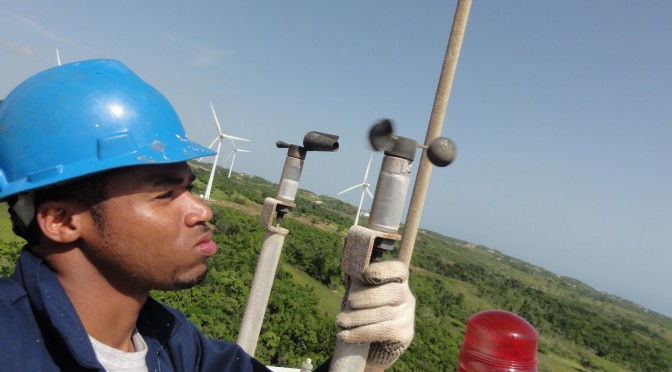The rise of renewable energy in Jamaica is a testament to the nation’s commitment to a sustainable future. As the world grapples with the effects of climate change, countries like Jamaica are taking bold steps to transition from fossil fuels to cleaner, more sustainable sources of energy. This transition presents both challenges and opportunities for the Caribbean island nation, as it seeks to harness the power of the sun, wind, and water to meet its growing energy needs.
Jamaica’s pursuit of renewable energy is driven by several factors, including the need to reduce its dependence on imported fossil fuels, which account for over 90% of its energy consumption. This reliance on imported energy sources not only puts a strain on the country’s foreign exchange reserves but also exposes it to the volatility of global oil prices. Moreover, the burning of fossil fuels contributes to air pollution and greenhouse gas emissions, which exacerbate the impacts of climate change.
In recent years, Jamaica has made significant strides in diversifying its energy mix and increasing the share of renewables. The government has set an ambitious target of generating 50% of the country’s electricity from renewable sources by 2030. To achieve this goal, several renewable energy projects have been launched, including solar, wind, and hydroelectric power plants. For instance, the Wigton Wind Farm, the largest wind energy facility in the English-speaking Caribbean, has been expanded to generate over 60 megawatts of clean energy. Additionally, the Content Solar Farm, the country’s first utility-scale solar project, produces 20 megawatts of electricity, enough to power over 20,000 homes.
However, the transition to renewable energy in Jamaica is not without its challenges. One of the main obstacles is the high upfront cost of renewable energy technologies, which can be a deterrent for investors and project developers. Although the cost of solar panels and wind turbines has decreased significantly in recent years, the initial investment required for renewable energy projects remains relatively high compared to traditional energy sources. To overcome this hurdle, the government has introduced various incentives and financing mechanisms to encourage investment in renewable energy projects, such as tax breaks, grants, and low-interest loans.
Another challenge is the intermittency of renewable energy sources, as solar and wind power generation depends on weather conditions. This variability can pose difficulties for grid stability and energy supply, particularly in a small island nation like Jamaica. To address this issue, the country is exploring energy storage solutions, such as batteries and pumped hydro storage, to store excess renewable energy and release it when needed. Furthermore, integrating renewable energy into the existing power grid requires upgrades to the grid infrastructure and the development of smart grid technologies to ensure efficient and reliable energy distribution.
Despite these challenges, the rise of renewable energy in Jamaica presents numerous opportunities for economic growth, job creation, and environmental conservation. The renewable energy sector has the potential to attract significant investment, both domestic and foreign, and create thousands of jobs in manufacturing, installation, and maintenance of renewable energy systems. Moreover, by reducing its dependence on imported fossil fuels, Jamaica can improve its energy security and reduce its vulnerability to global oil price fluctuations.
In conclusion, the rise of renewable energy in Jamaica is a promising development in the country’s quest for a sustainable and resilient energy future. While challenges remain, the opportunities presented by the transition to renewable energy far outweigh the obstacles. With continued investment, innovation, and government support, Jamaica is well on its way to becoming a regional leader in renewable energy and a shining example of sustainable development in the Caribbean.


